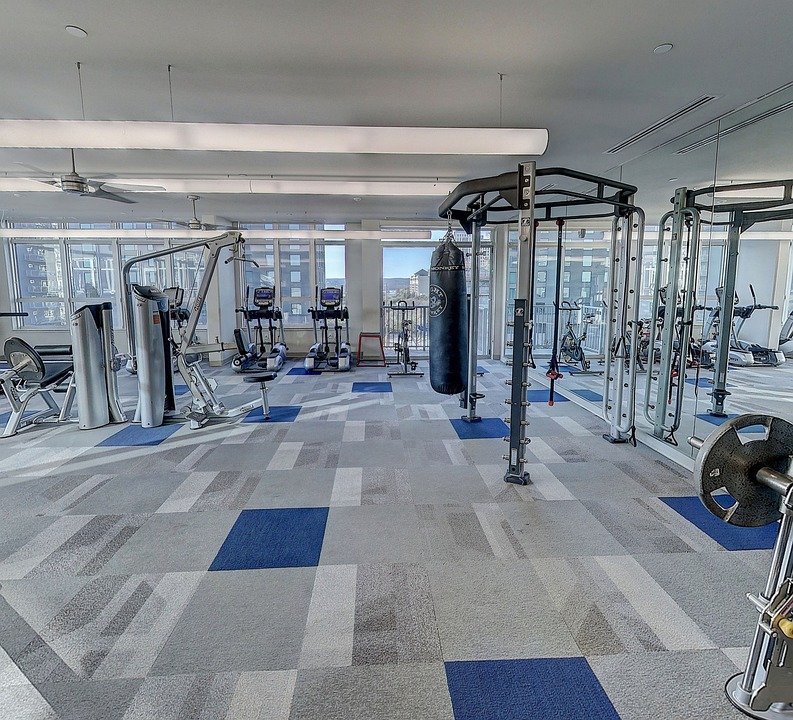In The Art of War, Sun Tzu said, “In the midst of chaos, there is also opportunity.” It’s hard to imagine a more exacting mindset than the following scenario:
You’re standing on top of a glacier in the French Alps. Between your legs sits a $10,000 mountain bike. You’re elbow to elbow with nearly a thousand other adrenaline junkies, staring down a black-diamond ski slope covered in ice, rock, mud, and snow. In just a few seconds, you’re going to bomb down that mountain at top speed—first one to the bottom wins.
Welcome to the controlled chaos called the Megavalanche.
Now imagine this: You’ve already won two. And on this day, out of nearly 1,000 extreme athletes, you win your third.
Meet Hugo Pigeon—extreme downhill mountain biking’s Mr. Olympia.
In Europe, Hugo is a rock star. In the U.S., almost no one knows him. But if you’ve got even a single adrenaline receptor firing, this sport will suck you in. I first saw a clip on YouTube from another race, Mountain of Hell, where a rider—not Hugo—started dead last, passed a thousand riders, and won. It was insane (Hugo placed 2nd in that race, but he doesn’t acknowledge it, in the true ethos of Ricky Bobby, “if you’re not first, you’re last”).
In searching for that guy, I stumbled on Hugo. His résumé was equally impressive. The native of Annecy, France, had won the Megavalanche three times in a row—no one else has ever done that. This year, his goal is to win both the Mountain of Hell and the Megavalanche in the same season. Another crown no one else wears.
If the goal is to show you something insane you’ve never seen before, this is where we start – at the top.
Not Just Fast, Hugo Pigeon ius Tough as Nails
A week after his latest Megavalanche win, Hugo entered a European Cup race. He crashed, landed on his hand, broke the bone right under his thumb—and still won the race, hand screaming in pain.
“I broke my scaphoid,” he told me, casually holding up his bandaged hand. That’s the bone your handlebar jams into. “It was really painful… but I finished. Then I went to the X-ray.”
He paused, clocked my reaction, and laughed. “Yes, I am an android.” In his thick French accent, it was hysterical.
Just another day in the life of a guy who’s built different.
Hugo Pigeon Might Actually Be an Android
Pigeon isn’t just tough—he’s elite-level conditioned.
Resting heart rate? Around 35 bpm. Race heart rate? Over 200 bpm—and he can hold it there for 45 minutes straight. He trains 30–40 hours a week between the gym, the road, and brutal mountain terrain.
When asked about how he feels before a race, he didn’t pretend to be cool. “I’m scared,” he admitted. “The last hour, I’m nervous. But then I remind myself: I’ve done this before. I can do it again.”
Then the horn blows, and he’s gone.
Fueling the Machine
This guy doesn’t just train like a pro—he eats like one, too. Pigeon eats roughly 3,000 calories a day, split into four meals depending on his time in the saddle that day. On days when he’s deep in training, his intake becomes even more insane. “I try to eat 90 grams of carbs per hour on long rides,” he says.
That’s not a typo. That’s how top-tier endurance athletes roll.
His staples: peanut butter, avocados, olive oil, clean protein, and complex carbs. But during race prep, he cuts veggies and goes straight for fuel.
He’s lean and dialed in: At 5’9″ and 141 pounds), Pigeon not a single gram of useless tissue occupies his shredded frame.
His Bike Is Nearly Indestructible as Well
Pigeon rides a nearly $12,000 custom-built carbon fiber enduro beast. It features SR Suntour suspension and bombproof rims that can brake under Megavalanche conditions.
“It’s similar to what you can buy in a bike shop,” he says, “but cheaper bikes wouldn’t survive this. I’m not riding anything you couldn’t buy or build—but it’s expensive.”
As good as his gear is, it still breaks, just like riders, as he holds up his bandaged hand again and cracks what has become a very hearty and contagious smile.
The Next Goal: Double Crown
Hugo’s already done what no one else has—won three Megavalanches in a row. Now he wants more: win both Mountain of Hell and Megavalanche in the same year.
No one’s ever done that.
He’s got six weeks to heal. The scaphoid will barely be mended. That bone sits right where the impact hits. And yet?
“I’ll manage,” he says.
That’s why a quote from Sun Tzu becomes so relevant. “Never fight a battle you cannot win.” It’s clear Hugo read the book.
When it comes to bombing down a glacier—either intact or with a shattered hand, the money’s still on Master Pigeon.
This post is brought to you by: Source link
Hugo Pigeon: The 3-Time Megavalanche Champion Who’s Redefining Extreme Downhill Mountain Biking, 2025-08-11 11:16:00















